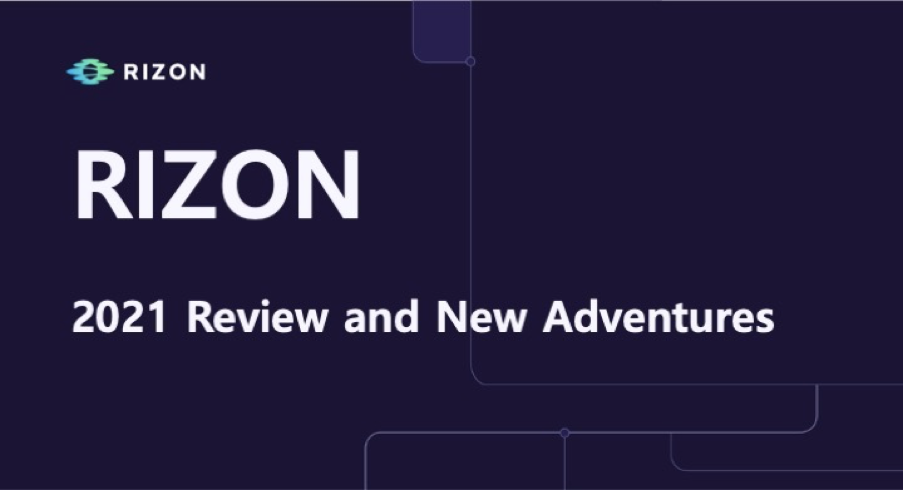
The Increasing investment value of Bitcoin
The Chicago Mercantile Exchange (CME), the world’s largest derivatives exchange, announced on October 31 that it is planning to begin futures trading of Bitcoin. Although the approval of the US Commodity Futures Trading Commission (CFTC) remains unsettled, the futures trading of Bitcoin is likely to commence, considering the CFTC’s tendency. With the launch of Bitcoin, expectation for the Exchange Traded Fund ETF has also increased. As the number of Bitcoin investors around the globe are increasing and Bitcoin is on the verge of entering the general financial market, the world regards Bitcoin as “the key currency of cryptocurrency”. This can be interpreted as Bitcoin being included in new investment assets. Although cryptocurrency such as Bitcoin is not recognized as a formal currency (fiat), trading in the CME means that it is recognized as an investment product such as gold. From the beginning of this year, Bitcoin value has risen by more than 600%, while gold and silver futures stopped rising at 11% and 7%, respectively. The New York Market Watch noted that this phenomenon was affecting the prices of gold, hinting a direct correlation between gold and Bitcoin. Bitcoin still has a high volatility risk. Even now, prices are fluctuating in a short period of time. Although it is not assured whether Bitcoin will become a stable transaction method, short-term investors are putting high value to it as they consider it a useful asset in everyday life, expecting better use than that of gold or silver. Continuous interest and consideration will be needed to decide if Bitcoin will end as a bubble phenomenon, or if it will secure its status like gold as a stable currency in the crypto-world.
The reality of Ethereum, the second largest by market capitalization
According to EtherScan, an Ethereum statistics website, the total issuance of Ethereum to date (November 3rd) is about 95.7 million ETH with initial funding and foundation operating expenses being approximately 72 million ETH and new exploitation volume approximately 23.6 million ETH. In the first half of 2017, Ethereum, with technical superiority, was expected to beat Bitcoin or at the very least, stabilize itself as the second largest currency in market. However, although ETH / BTC ratio reached 0.15 in June, currently, it remains at 0.058. In other words, Ethereum is no longer a substantial threat to Bitcoin and its status. Ethereum plummeted as its gas-mediated transaction verification methods using smart contract technology caused a bottleneck phenomenon was revealed. This caused management crisis and serious issues for operators using Ethereum’s smart contract technology. Additionally, although the Ethereum Enterprise Alliance (EEA) had increasing number of alliance companies, they faced the limits of the impact put on technological differentiation. Once again, it was affirmed that a cryptocurrency that cannot be used in daily life is incapable of replacing Bitcoin.
Why Hdac? -Future, Linking with Everyday Life
So, why do we need Hdac? Even though there are a number of cryptocurrencies such as Bitcoin and Ethereum, Hdac not only is linked to everyday life but is also a cryptocurrency that will be far beyond just an investment method. It is predicted that in the near future, the fourth industrial revolution will create a highly connected society where digital innovation will prosper. Advanced technology will vitalize the future community by merging verified encryption currency, blockchain, and IoT (Internet of Things). Unlike cryptocurrencies with just investment values, the success of cryptocurrency depends on how frequently and conveniently it will serve in everyday life. Hdac will not only be beyond a profitable investment method but also a widely used transaction method that enriches daily livelihood.
Hdac is based on the IoT Contract platform. It has much quicker transaction speed than other virtual transaction methods and can be transferred almost instantaneously onto other IoT device environments. The goal is to dramatically improve the convenience of transactions in contracts, settlements, loans and investments, taxes and bills and car sharing. Cryptocurrency mimicking the environmental features of IoT had been introduced, however, but was not based on blockchain and had inadequate use case. Hdac is in the process of preparing sample cases based on its tentative application in the construction company, IT services, and automobile industry, paving away to reach into the global environment. It is expected to emphasize technological differentiation, lead reforms in the network of things based on trust in real life, and to increase its value by extending into various eco-systems as well as transaction methods. Hdac will gain trust in the upcoming fourth industrial revolution as an outstanding application fintech platform that materializes efficient transaction system, integrates blockchain and IoT.- ‘Transaction innovation’





